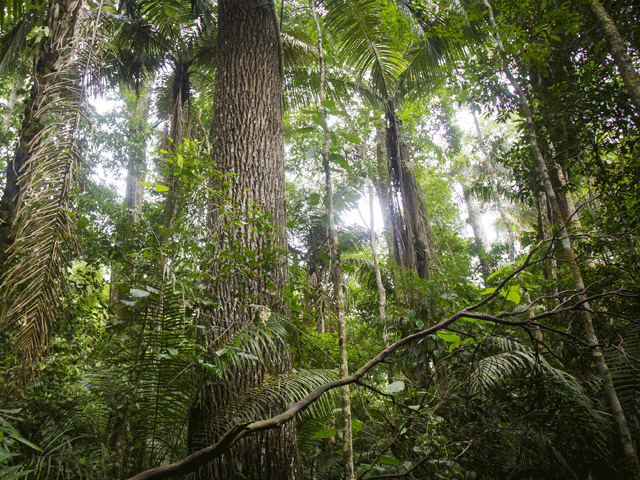Using forest inspection bungalows for tourism
Instead of snapshot actions, tourism ministries should devise comprehensive policies for promoting sustainable tourism

File photo of urban forests in Asia. (PHOTO: REUTERS)
One of the physical assets that the forestry department inherited is a network of Forest Inspection Bungalows and Huts (also called Forest Rest Houses), especially all around the Himalayas in the Indo-Pak Subcontinent. Forest Rest Houses were established for regular inspection of the forest estates by the foresters as the forest code provides for various percentages of physical inspections by forest officers at different levels. For instance, the chief conservator has to inspect 10% of the field operations, the conservator must inspect 20%, deputy conservator 30%, range forest officer 40% and so on. For this purpose, they are required to visit forests situated in remote parts of the country and mostly used horses in the past. Now, as dust roads exist in the forests, they travel by four-wheel-drive vehicles to physically inspect the forests. During their tour to remote areas, foresters normally stay in the Forest Rest Houses situated after every 10 kilometres, deep into the forests. Most of these rest houses were built in the late 1800s or early 1900s by the British and the location, design and interior of all these houses are superb.
Over the years these Forest Inspection Huts are being used for tourism and pleasure visits by the powerful elites mostly in the summer season and during that peak time, even foresters could not manage to stay in these places for official duty. This has resulted in depriving foresters in ensuring the required mandatory physical observation of the forest operations. Consequently, forestry management practices are not being properly supervised physically by foresters. The use of the Forest Inspection Bungalows for pleasure has not only reached its height but now the government has decided to transfer all Forest Rest Houses to the Tourism Departments of the respective provinces for their use as tourist huts rather than for inspection. Although the idea appears brilliant initially, in the long run it is ruining the forestry service. This is not the first time such an attempt has been made, as in the past the government of Punjab auctioned all the Forest Rest Houses of Murree for their use for tourism in 1997, except the decision was reversed later. The K-P government, which possesses a large number of Forest Rest Houses — mostly located at attractive points — also tried to auction them off in the past but failed.
As all such attempts to employ the Forest Rest Houses for commercial use and tourism failed in the past, it is very likely that the current decision to use these assets for commercial uses will not prove sustainable either. These snapshot decisions without any thorough homework won’t prove useful to the forestry and tourism sectors unless a thorough study is conducted and proper strategy is chalked out for the promotion of sustainable tourism in various ecologically important places in K-P and other provinces. This strategy must include a provision for eco-tourism and must develop specific building codes for mountain tourism, discouraging further concretisation of the beautiful Himalayan Forest. As there is no code for the buildings’ architecture in the mountains, we have completely destroyed the beauty of Galyat, Swat, Kalam, Kaghan and Naran. More ugly buildings are mushrooming all around the beautiful Swat and Kaghan Valleys.
It is proposed that instead of snapshot actions and activities, the tourism ministries and departments devise comprehensive policies and strategies for the development and promotion of sustainable tourism in Pakistan. This would require a great deal of consultation, observation and out-of-the-box recommendations involving all stakeholders. The national, regional and global best practices must also be included and replicated in the new policies so we may benefit from the experiences of other countries. A great deal of work is done by the World Tourism Organisation and other such agencies, and involvement of their experts in the process will bring a lot of good knowledge. Tourism laws are not visible if they exist, nor is there any capacity building and awareness about sustainable tourism in Pakistan. Therefore, revision or enactment of new tourism laws shall also be ensured. Hopefully, such interventions at the appropriate level will greatly help in the establishment and promotion of the tourism industry in Pakistan.
Published in The Express Tribune, September 26th, 2019.
Like Opinion & Editorial on Facebook, follow @ETOpEd on Twitter to receive all updates on all our daily pieces.















COMMENTS
Comments are moderated and generally will be posted if they are on-topic and not abusive.
For more information, please see our Comments FAQ